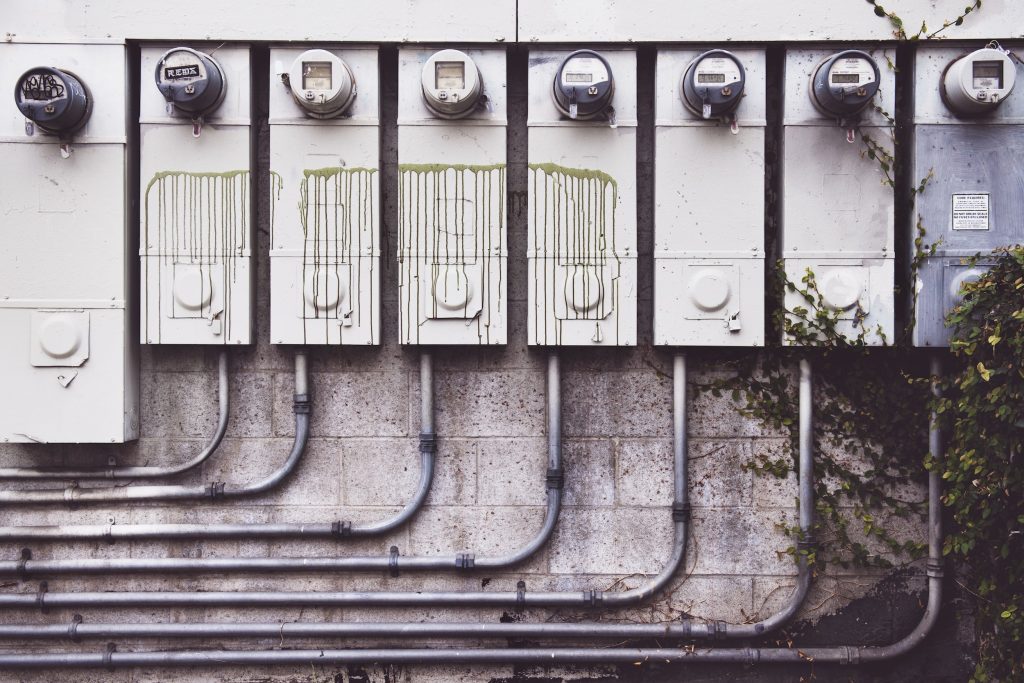A building distribution system is a network of electrical components and devices that distribute power from the main power source to various electrical loads throughout a building. This system consists of multiple elements including transformers, switchgear, panels, breakers, wires, and other related devices.
The primary function of a building distribution system is to deliver electrical power safely and efficiently to all areas of the building that require it, including lighting, HVAC systems, elevators, and other building services. The design and installation of a building distribution system are crucial in ensuring the safety and reliability of the electrical power supply within the building.
The Main Electrical Room – Where it All Begins
The main electrical room, also known as the service entrance, is the starting point of a building’s distribution system. It is where the utility connection is made and houses key components responsible for the safe and efficient distribution of power:
-
Transformers: Transformers are used to step down the high voltage electricity supplied by the utility company to a lower voltage suitable for distribution within the building.
-
Switchgear: The switchgear receives electricity from the transformer and distributes it to various panels throughout the building. It is equipped with protective devices such as circuit breakers and meters to ensure the safety and accuracy of power usage.
-
Grounding System: A proper grounding system is crucial for ensuring the safety of the entire electrical system. It provides a path for fault currents to flow, preventing damage to equipment and reducing the risk of electrical shock.
Electrical Distribution System Design
Designing an effective electrical distribution system involves several considerations, including:
-
Load Calculations: Accurate load calculations are essential to ensure the system can handle the power needs of all dwelling units. This involves considering the various electrical devices and appliances used in each unit, such as lighting, heating and cooling systems, and kitchen appliances. The calculated loads help determine the appropriate size of transformers, distribution panels, and wiring.
-
System Layout and Routing: A well-designed system layout optimizes the distribution of electricity by minimizing the length of wiring runs and reducing voltage drops. This involves strategically placing main and secondary electrical panels and determining the most efficient pathways for conduits and wiring. The system layout should also consider factors like ease of maintenance, future expansion possibilities, and the minimization of electromagnetic interference (EMI).
-
Wiring and Conduits: Properly sized wiring and conduits are necessary to safely carry electricity from the main electrical room to individual dwelling units. They must comply with local building codes and regulations, as well as industry standards such as the Canadian Electrical Code (CEC). The choice of wiring materials, such as copper or aluminum, and the selection of appropriate conduit types, such as rigid metal conduit (RMC), electrical metallic tubing (EMT), or flexible metallic conduit (FMC), are crucial to ensure the safety and longevity of the system.
-
Voltage Regulation: To maintain consistent voltage levels throughout the building, it is essential to account for voltage drops that may occur over long wiring runs. This can be achieved by properly sizing conductors, optimizing the system layout, and using voltage regulation devices, such as transformers or voltage regulators, where necessary.
-
Electrical Panel Locations: Strategically locating secondary electrical panels throughout the building can help minimize voltage drops and ensure efficient power distribution. Panel locations should be easily accessible for maintenance and provide adequate space for proper ventilation and cooling.
-
Coordination and Protection: Properly coordinating protective devices, such as circuit breakers and fuses, helps prevent cascading failures and ensures that faults are isolated to the affected circuit. This involves selecting the appropriate types and ratings of protective devices and ensuring they are coordinated in terms of their interrupting capacity and time-current characteristics.
-
Emergency and Standby Power: In the event of a utility power outage, an emergency or standby power system, such as a generator or uninterruptible power supply (UPS), can provide temporary power to critical loads. The design of the electrical distribution system should include provisions for integrating these backup power sources and ensuring their seamless operation during an outage.
Powering Dwelling Units – The Final Destination
The last stage of an electrical distribution system is delivering power to individual dwelling units. This involves the following components:
-
Secondary Electrical Panels: Also known as subpanels or load centers, secondary electrical panels distribute power to different circuits within each dwelling unit. These panels house circuit breakers that protect individual circuits from overloads and short circuits.
-
Wiring and Conduits: Electricity travels from the secondary electrical panels to various outlets, switches, and fixtures within each dwelling unit through wiring and conduits. Proper installation is crucial to prevent electrical hazards and ensure efficient power distribution.
-
Outlets and Switches: Outlets and switches allow occupants to control the flow of electricity to various devices and appliances. They come in various designs and capacities to accommodate different power requirements.
Best Practices for Safe and Efficient Building Distribution Systems
To ensure the safety and efficiency of a building’s electrical distribution system, consider the following best practices:
-
Regular Maintenance: Periodic maintenance of electrical equipment, including transformers, panels, and grounding systems, can help prevent failures and extend their service life.
-
Code Compliance: Adhering to local building codes and regulations is essential to ensure the safety and reliability of a building’s electrical distribution system.
-
Energy Efficiency: Incorporating energy-efficient technologies and materials, such as LED lighting and automated control systems, can significantly reduce a building’s overall energy consumption.
Understanding the journey of electricity from the main electrical room to individual dwelling units highlights the critical role that building distribution systems plays. By adhering to best practices and considering safety and efficiency at every stage of the process, we can create electrical systems that are both reliable and sustainable.

